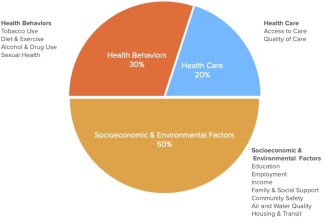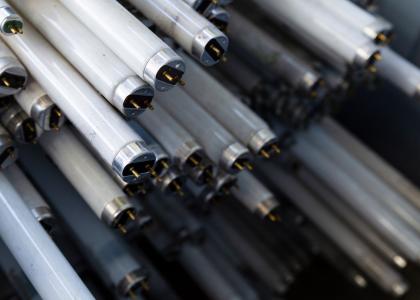The COVID-19 pandemic underscores how living conditions can adversely affect communities of color and how energy efficiency programs can help by improving these conditions.
People of color have been disproportionately killed by COVID-19. One study shows that Black Americans are 3.6 times more likely to die from it than white Americans, and Latinx individuals are at least 1.9 times as likely to die compared to whites. Counties in the United States with a Black majority have six times the rate of COVID-19 deaths relative to counties with a white majority.
African Americans have long experienced higher death rates than whites for a long list of deadly harms: heart disease, stroke, cancer, asthma, influenza and pneumonia, diabetes, HIV/AIDS, and homicide. The health inequities highlighted by the COVID-19 pandemic emphasize the urgent need to rectify the underlying conditions, known as the social determinants of health, that threaten communities of color. Perhaps surprisingly, social and economic factors — as well as physical environment — have a far stronger impact than medical care on health outcomes, including length and quality of life.
What determines health? Social and economic factors are as powerful as health behaviors and health care combined.
Source: University of Wisconsin County Health Rankings Model
A major factor is housing. Black families, which are 60% more likely than white families to live in inadequate housing conditions, face disproportionate exposure to pollution and toxins, safety hazards, high energy burdens, and economic instability, all of which undermine their health and welfare. By improving living conditions in overburdened communities, we can begin to mitigate the underlying causes of death and disease.
Energy efficiency programs can address a variety of social and economic factors that affect health. They reduce exposure to indoor and outdoor air pollution, moisture and mold, and infiltration by rats, cockroaches, and other pests, while protecting occupants from extreme temperatures. They address basic safety concerns such as smoke and radon and the need for carbon monoxide detectors and handrails.
These programs can also improve financial security of families. They reduce energy burdens — the share of income spent on utility bills — and create jobs in the communities they serve. These improvements, in turn, can reduce stress, another contributor to adverse health outcomes. The nationwide network of energy efficiency programs can be leveraged to deliver in-home health services to help prevent falls and diseases such as asthma and obesity.
The energy efficiency sector can begin to help right longstanding injustices by addressing unsafe living conditions faced by so many in our society. Energy efficiency programs won’t end the COVID-19 pandemic or cure diseases that have long burdened Black communities, but they can be part of the solution.





